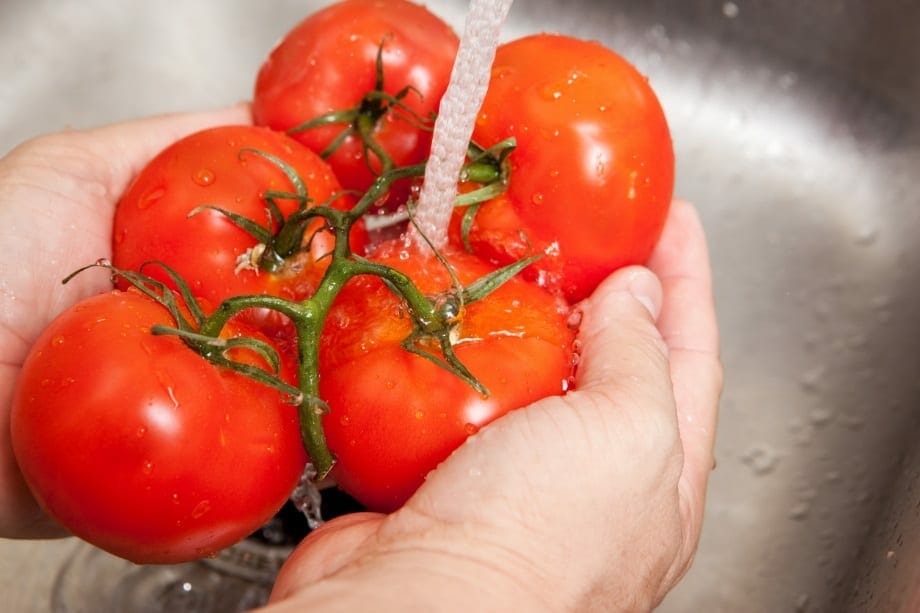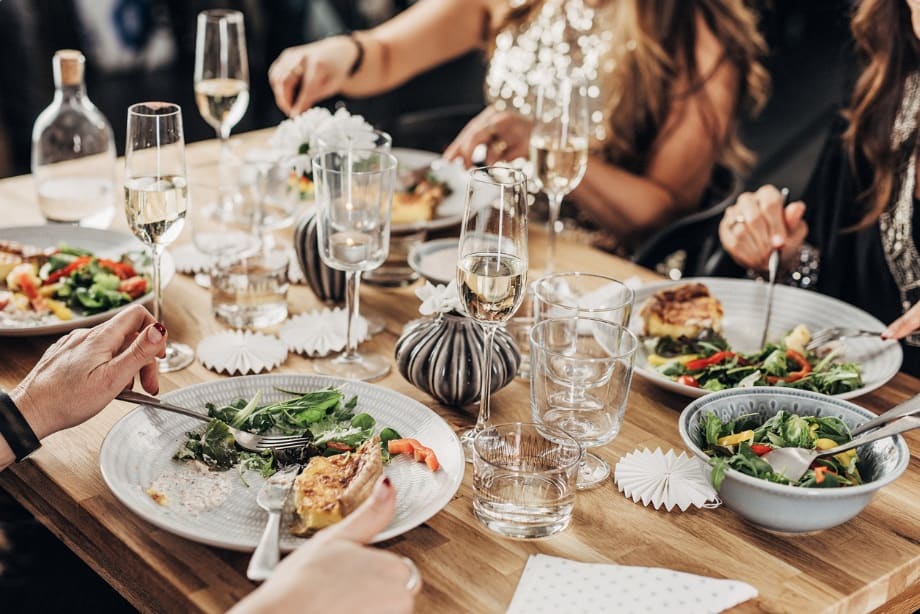Andrew Eccles, Nestlé in the United States
Nestlé has been around for a while now – 150 years in fact – so we’ve learned a thing or two about food safety. We also make sure we keep our work as fresh as we keep our food, which is why we refurbished our Nestle Quality Assurance Center in Dublin, Ohio this year.
While we test everything from the soil food grows in to the packaging it’s delivered in, we understand that you can’t go to such lengths at home, nor do you need to. A few simple ideas make a huge difference when it comes to protecting your safety – we already shared some of those ideas during the Story of Your Dinner twitter chat, and enjoyed hearing tips from other experts too.
With that in mind, we’re grateful to FightBAC for giving us the opportunity to share some tips straight from our kitchen to yours.

We always source the best ingredients for everything we make. You can do the same when you’re cooking. Remember to make sure any food you’re using is safely within its “use by” date, and give fruit and vegetables a good rinse with clean running water before you eat or cook them.
Another way to take care of food is to make sure you’ve stored it properly. Check whether your groceries are best kept in the fridge, in an air tight container, or frozen. It’s also a good idea to store raw foods separate from ready-to-eat food, especially raw poultry, meat, and seafood.
Remember to keep up this separation when you start cooking. A different knife should be used for raw chicken than for vegetables, for example. In our kitchens at Nestlé, we use dedicated equipment for different ingredients to prevent cross-contamination.
If you’re cooking for friends, check if anyone has allergies well in advance! We provide allergen warnings on our food packaging, but chances are that you’re not labeling each dish on your table.
Sending out a quick message before you’ve planned your menu will give you plenty of time to plan delicious meals that aren’t an allergen risk for any of your guests.

Correct cooking isn’t just about taste and, if you’ll excuse the term, mouthfeel – it’s also about safety. Cooking to a safe temperature kills dangerous microorganisms. The difference between a dangerous raw piece of meat and a delicious cut is the application of the correct heat. Too little heat, microorganisms survive. Too much heat, you can destroy nutrients. Always check the correct cooking method and temperature.
Finally, it sounds pretty basic, but remember to wash your hands. Our hands touch lots of surfaces all day and pick up an array of bacteria and other nasty substances…you don’t want that on your food! Keep them clean.
Cooking and eating should be an enjoyable experience. Remembering these basics will keep your body as happy as your taste buds!
 Program in Princeton knows her way around a food safety class.
Program in Princeton knows her way around a food safety class.